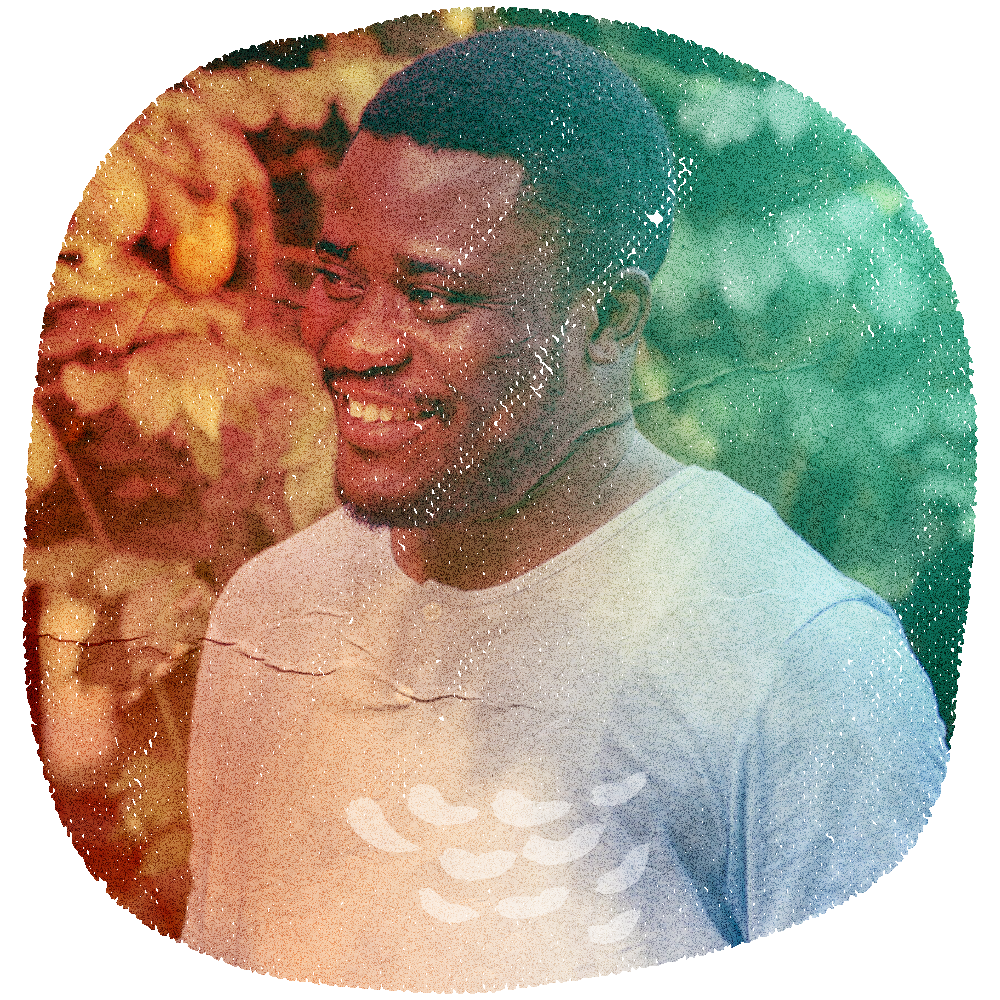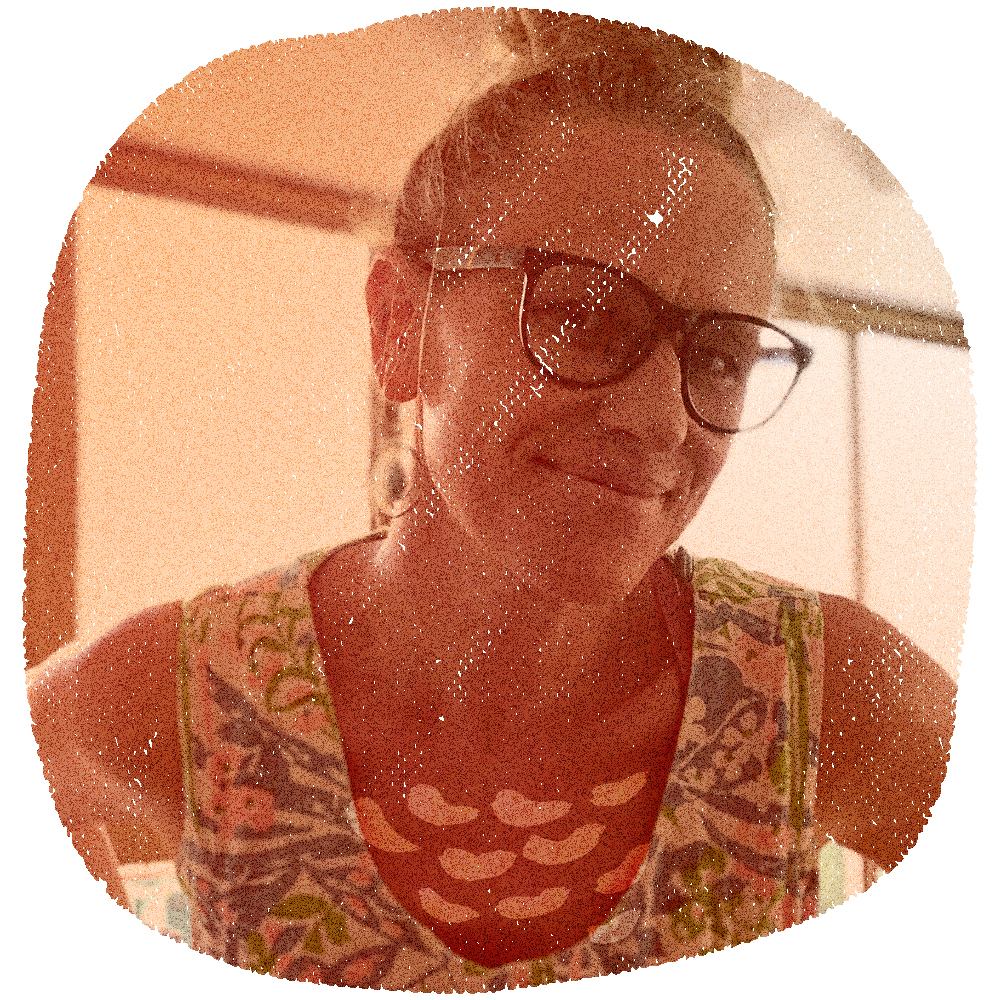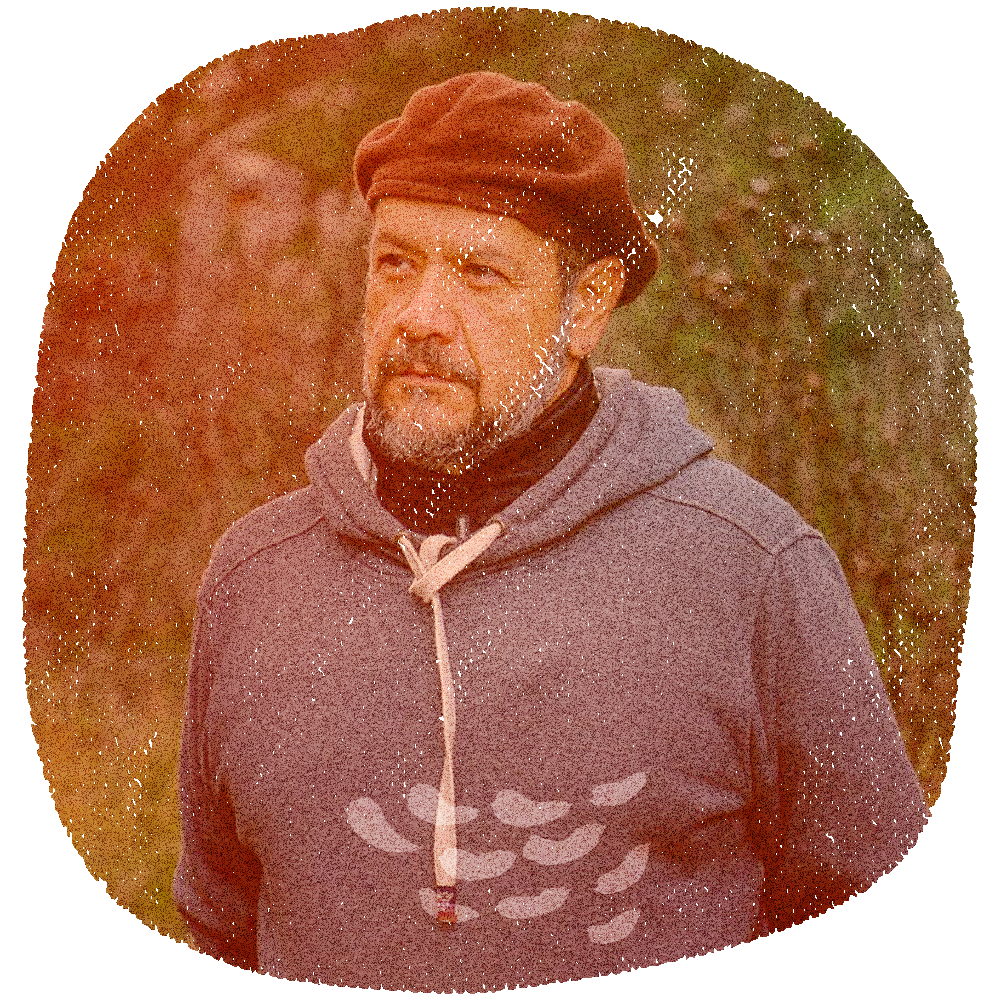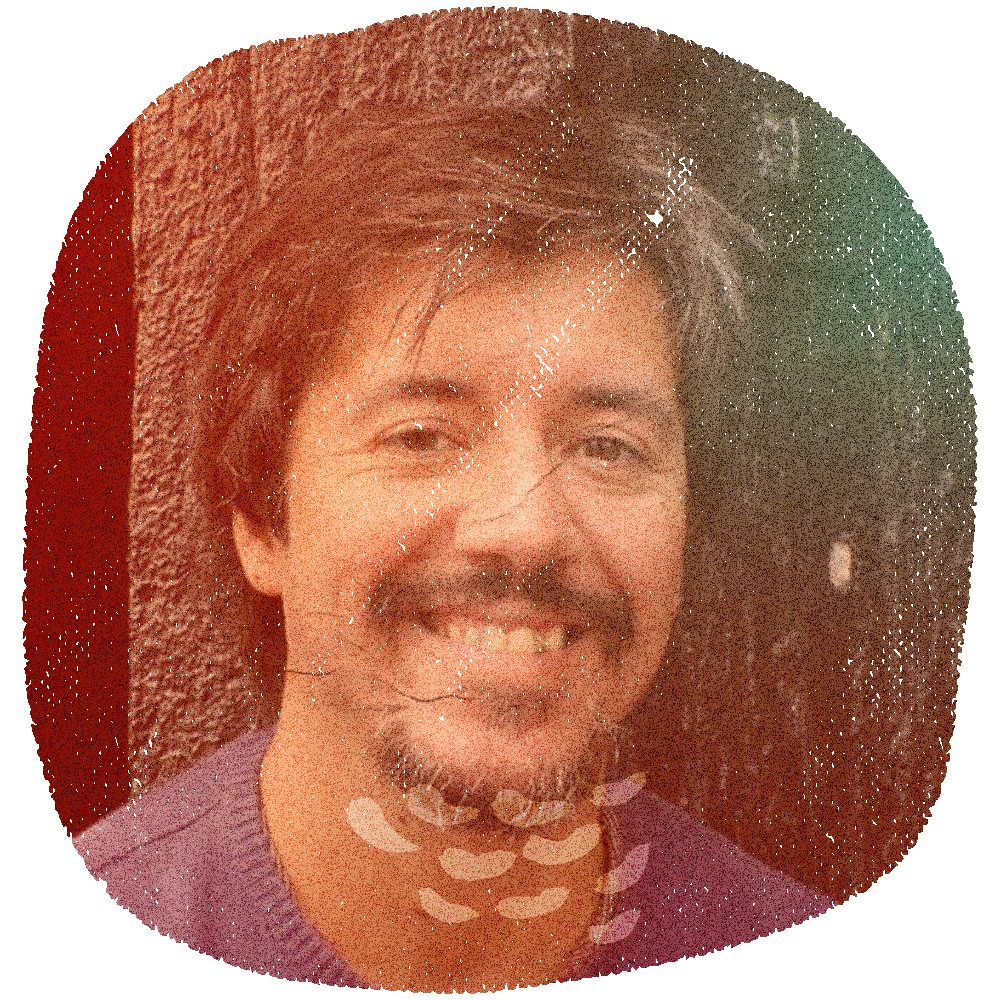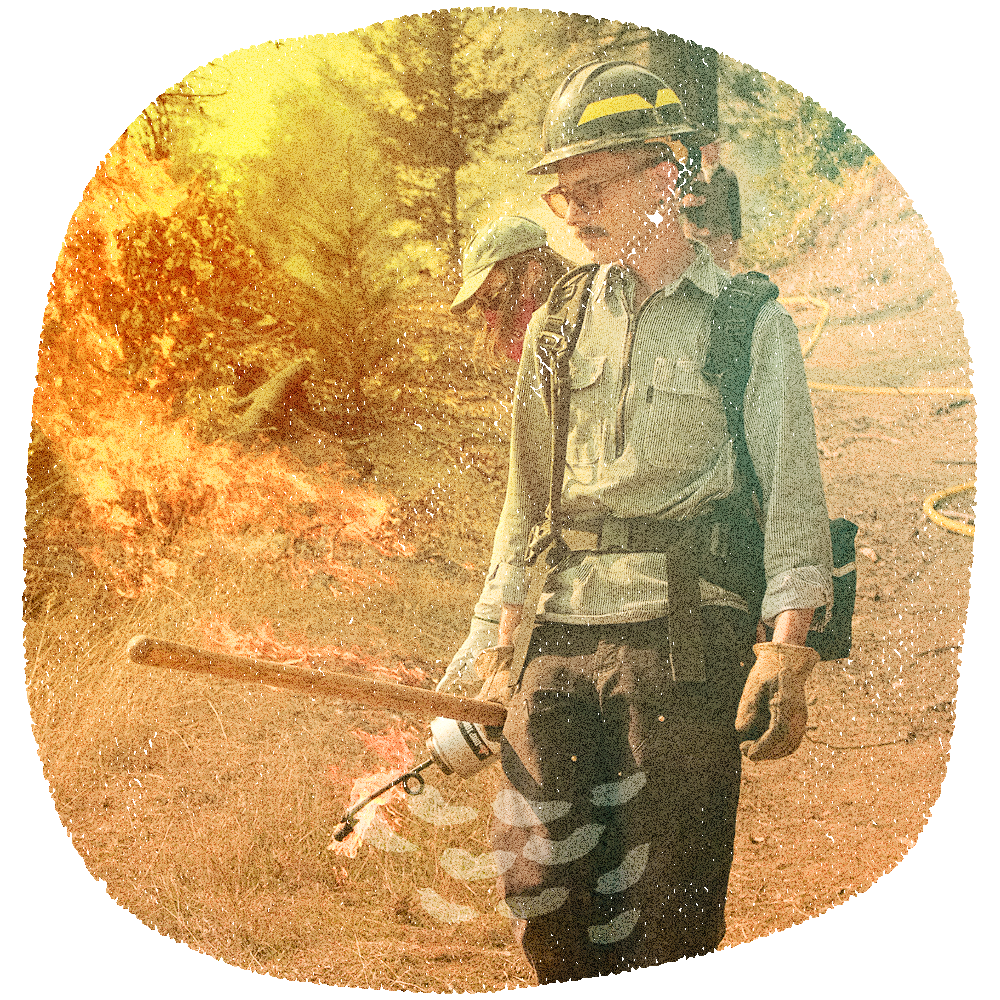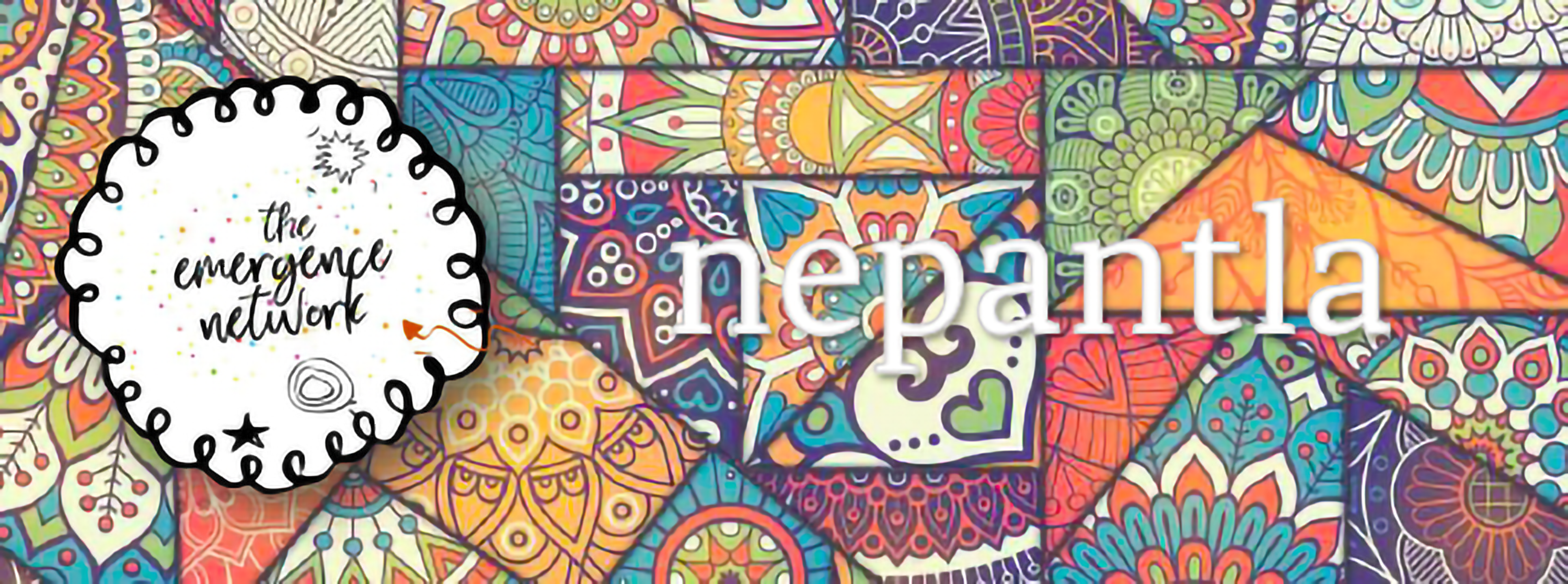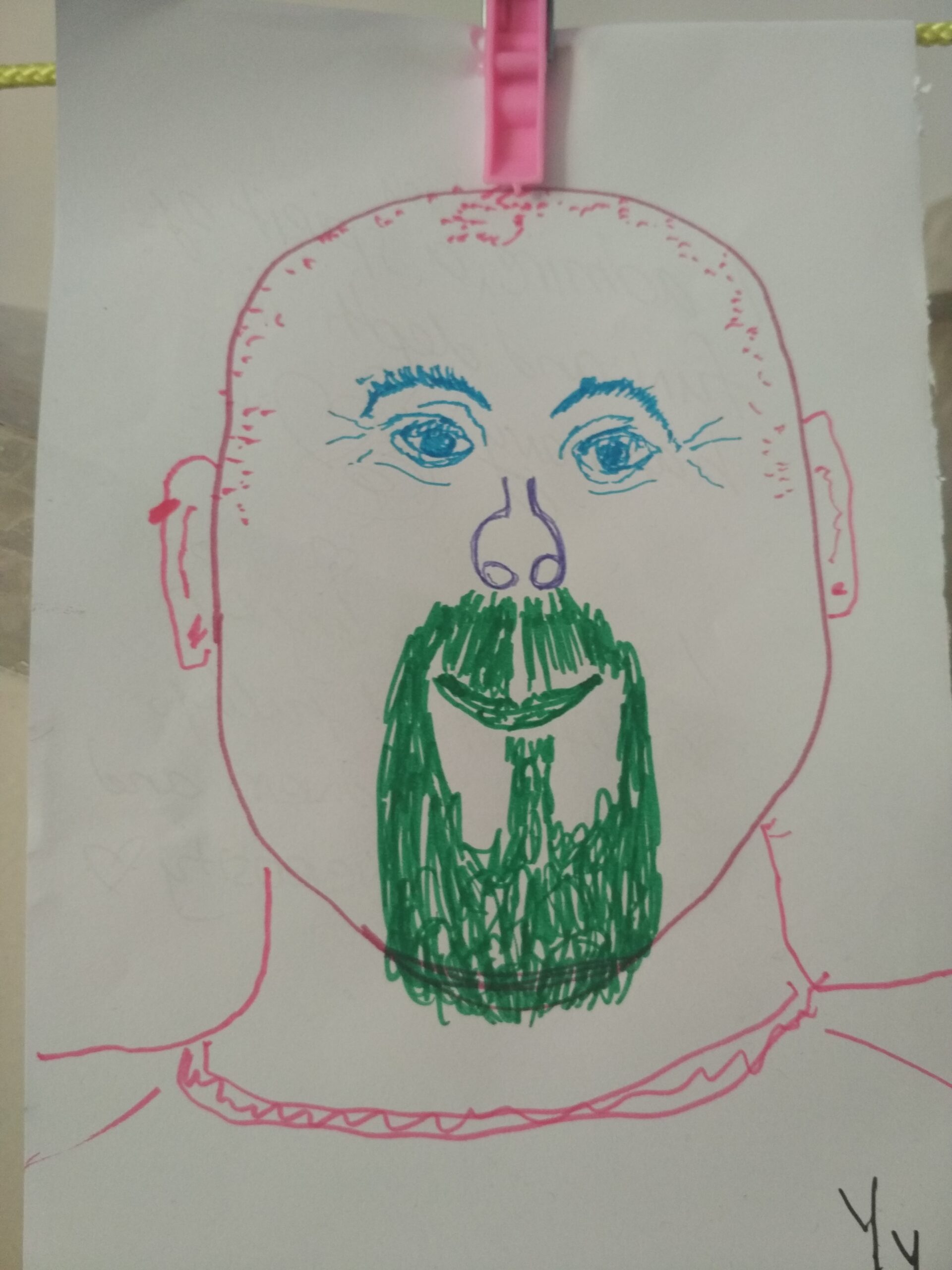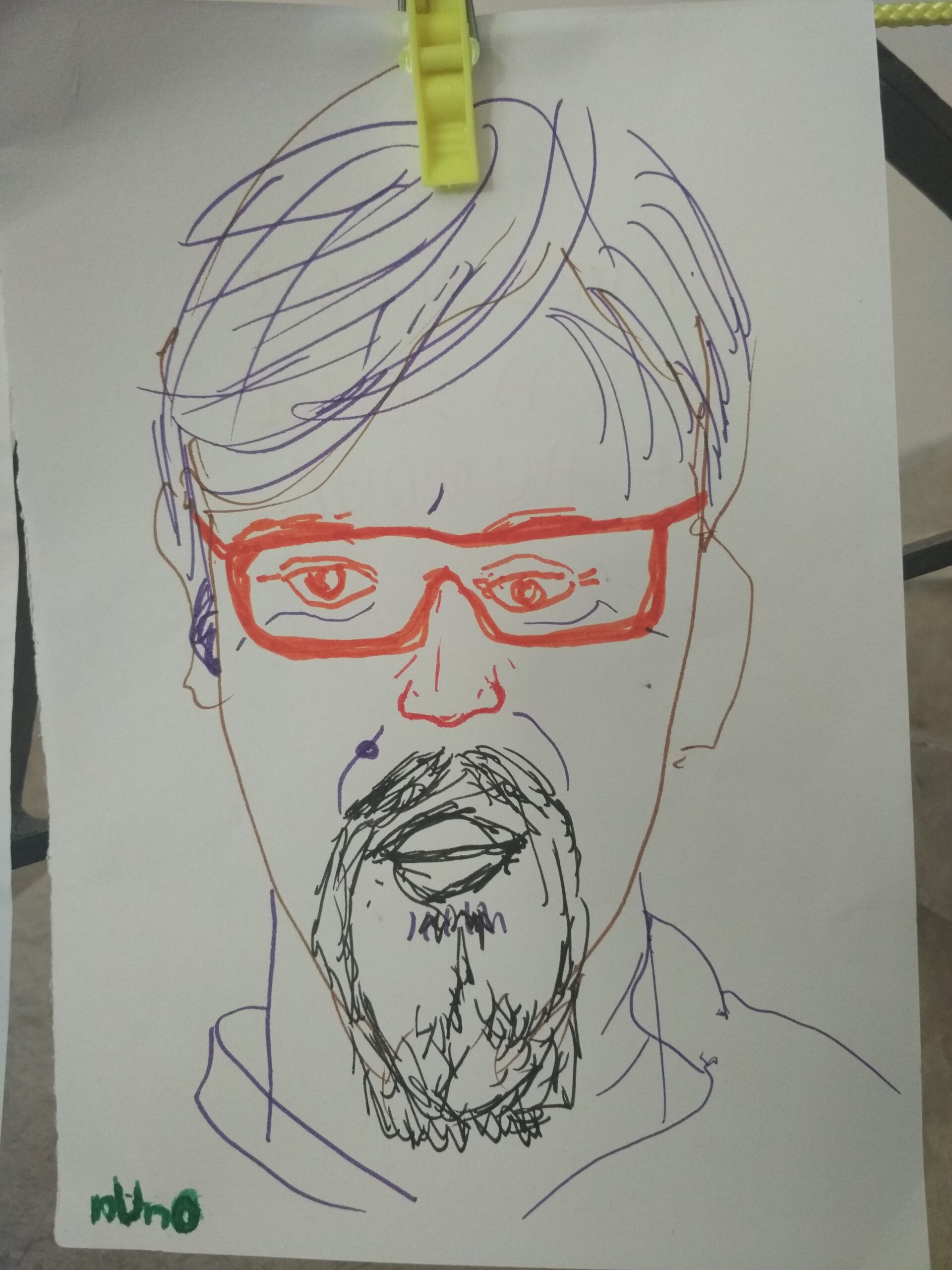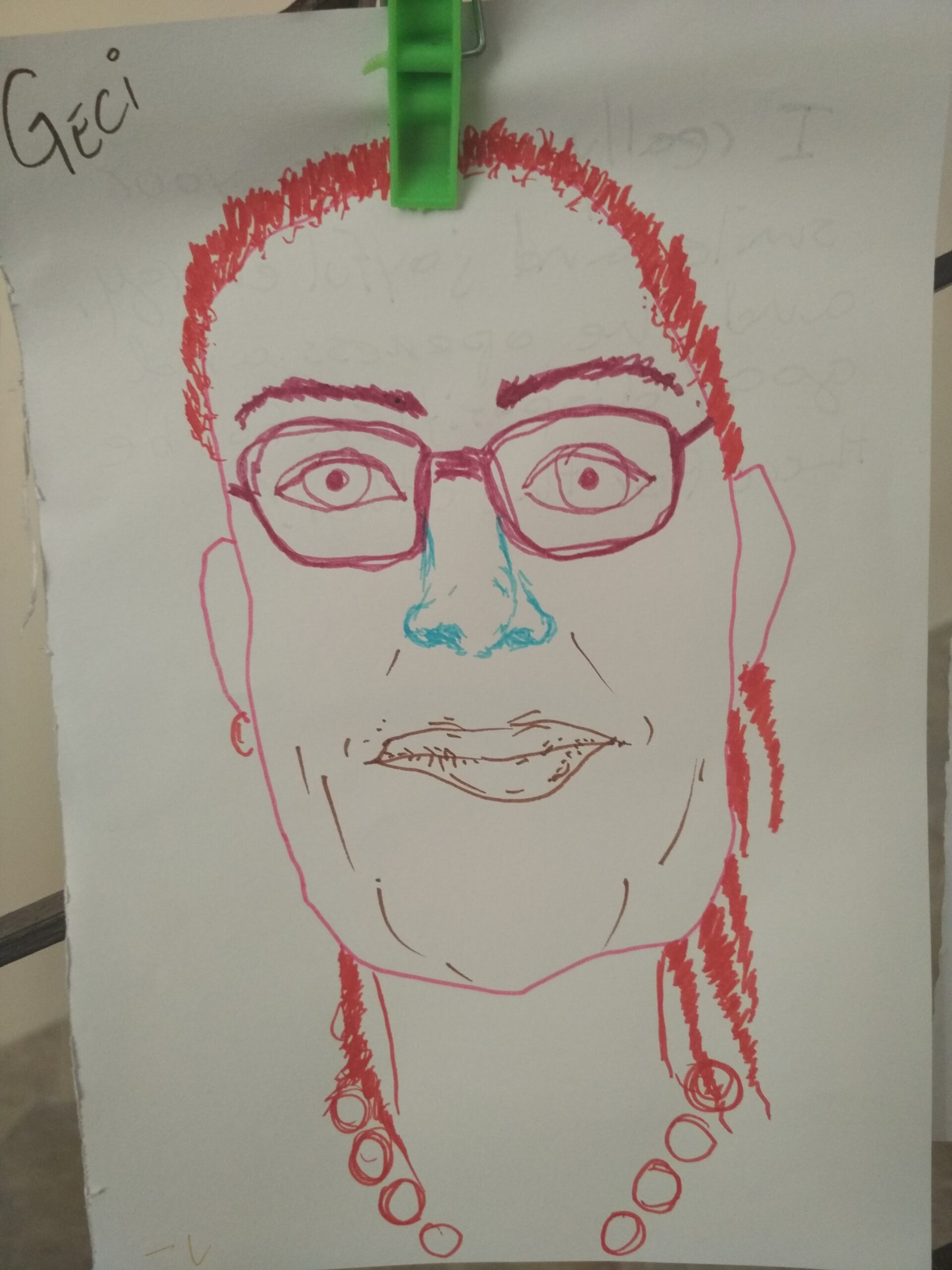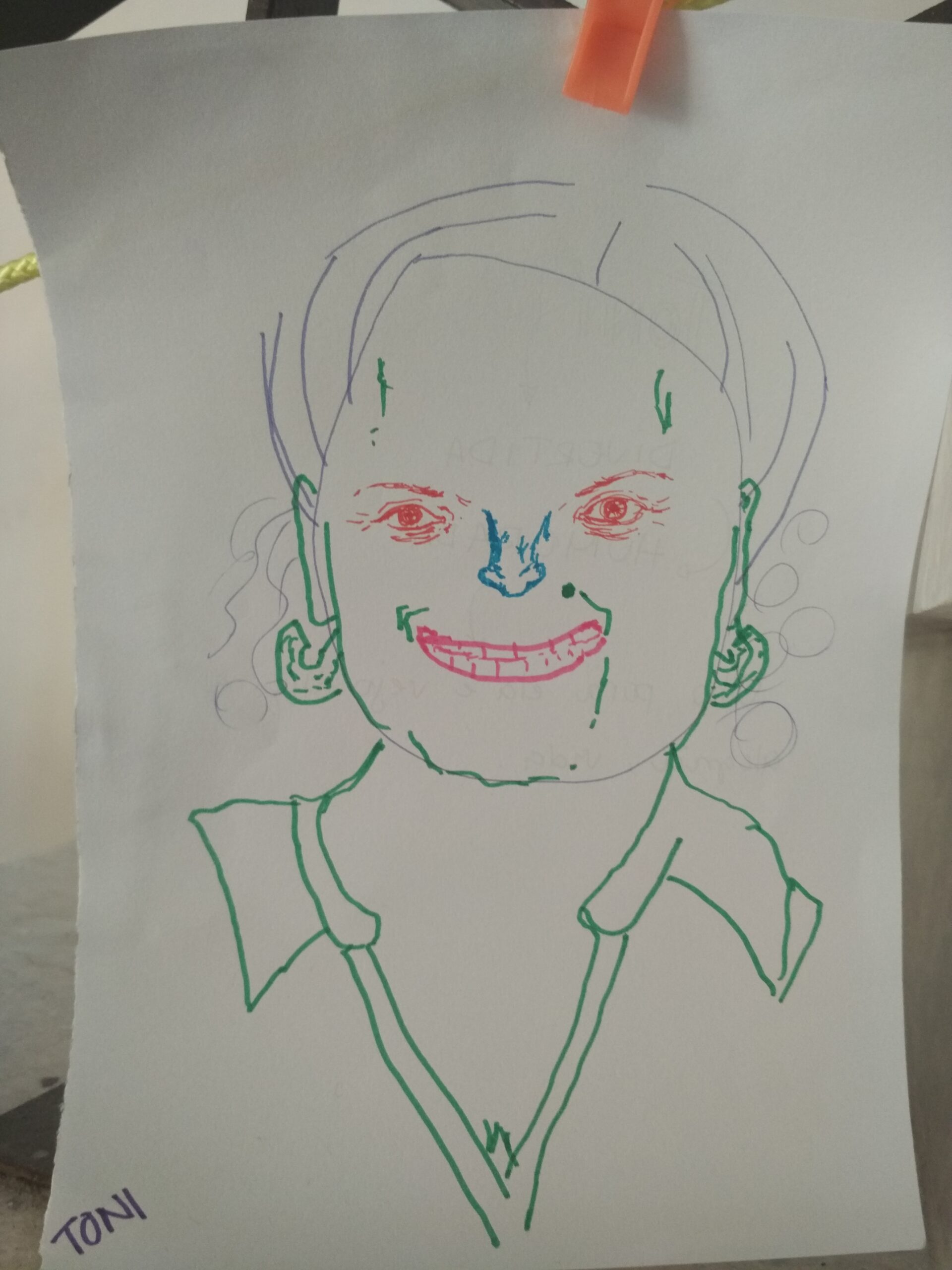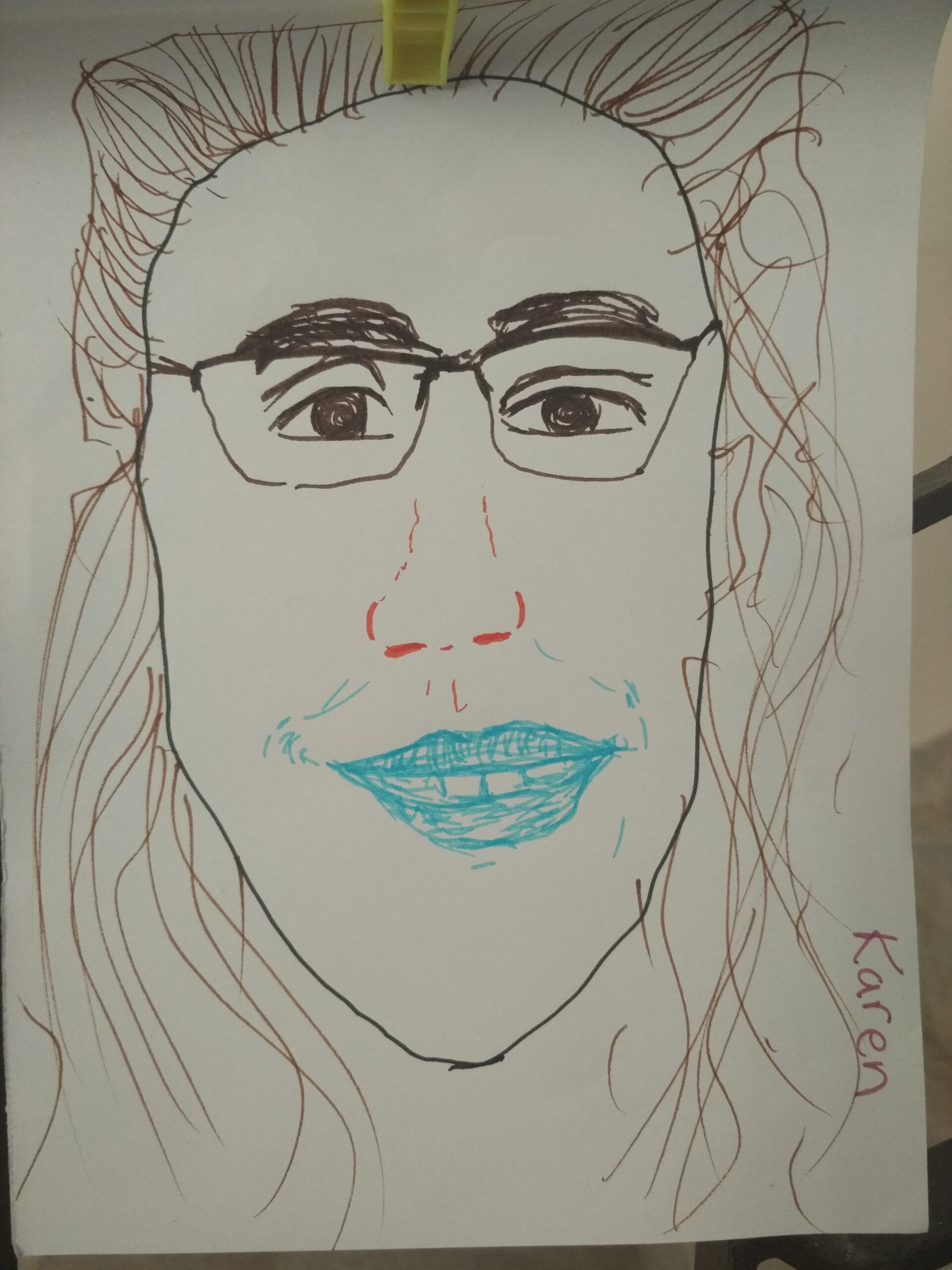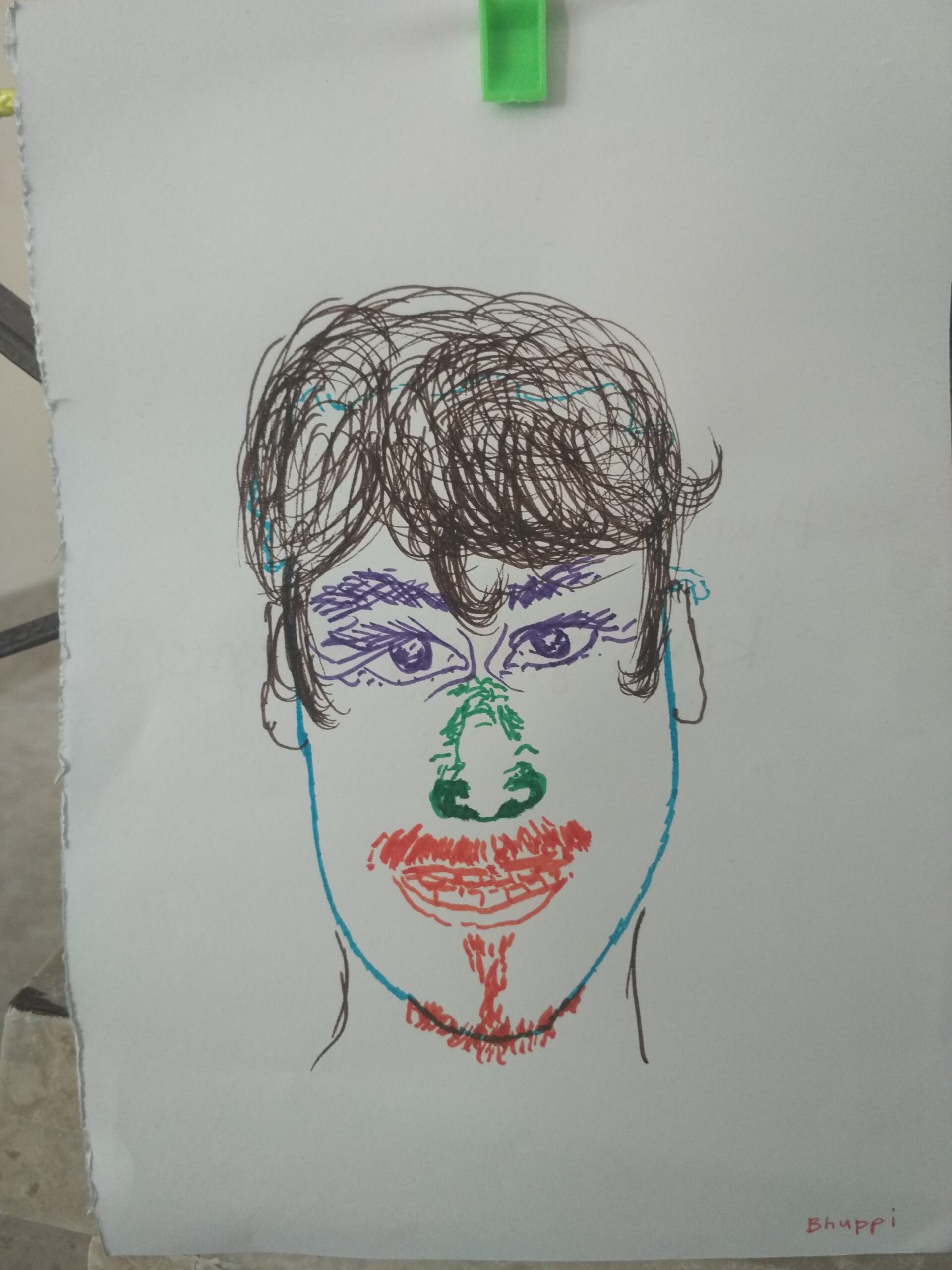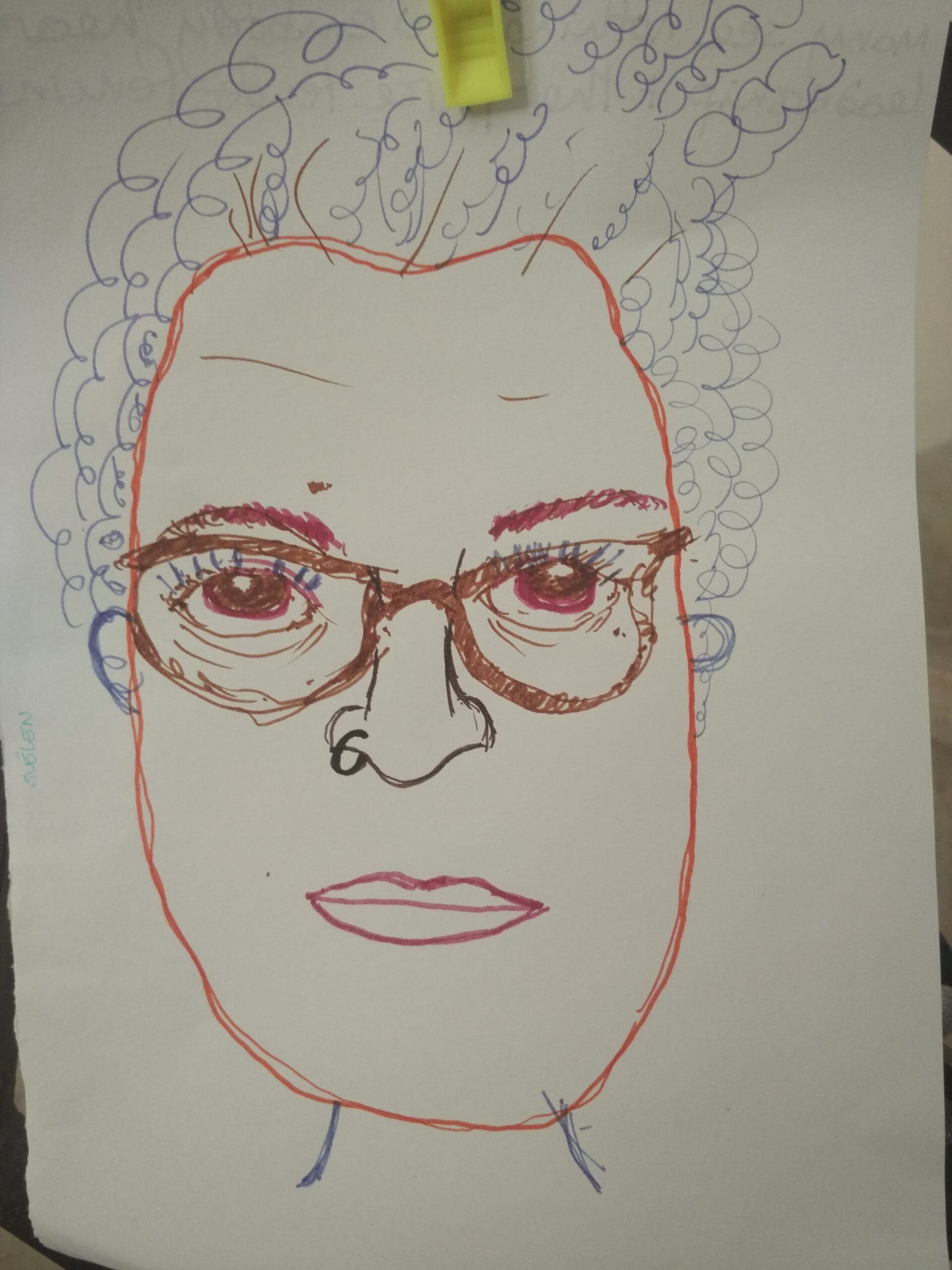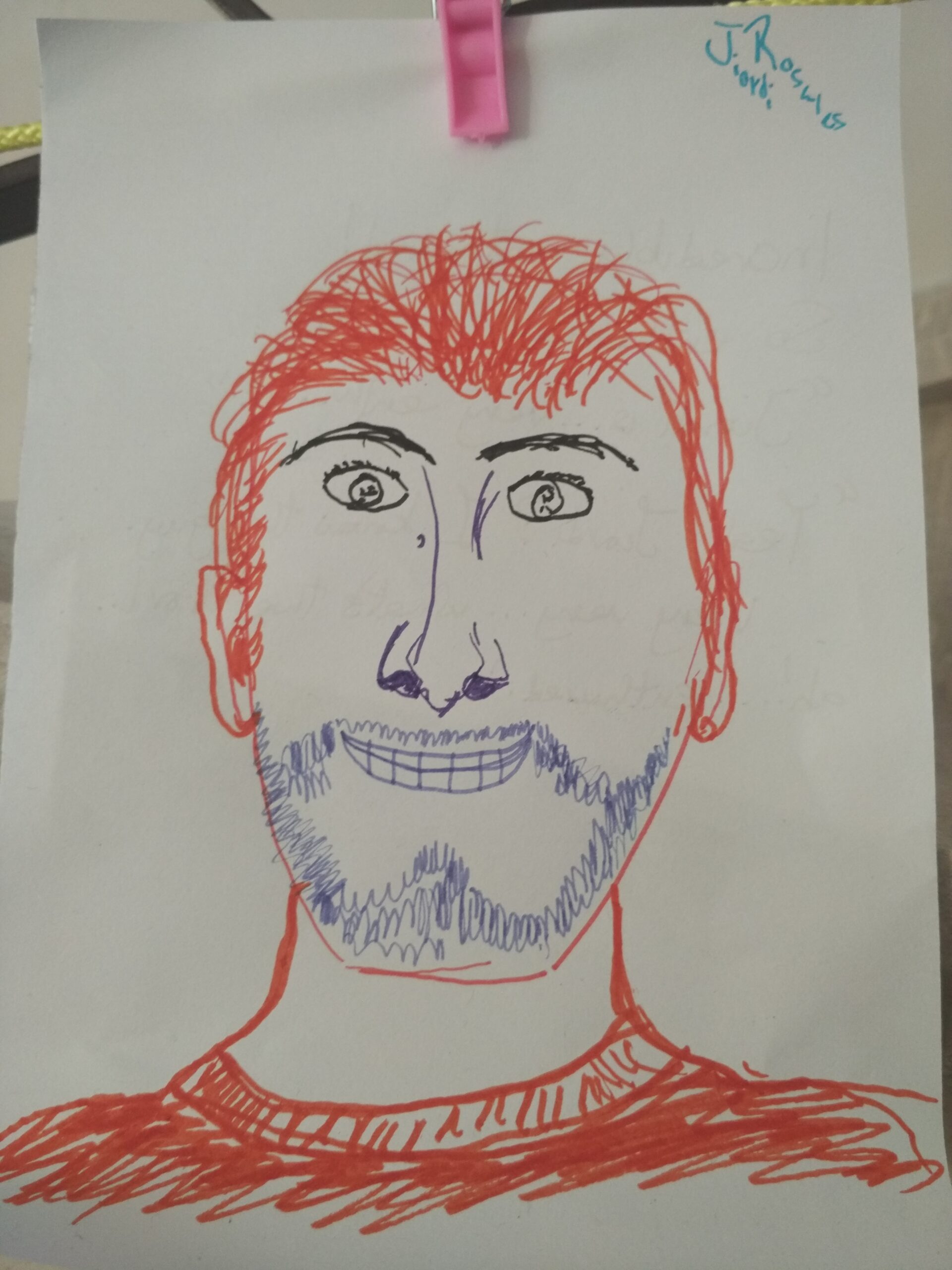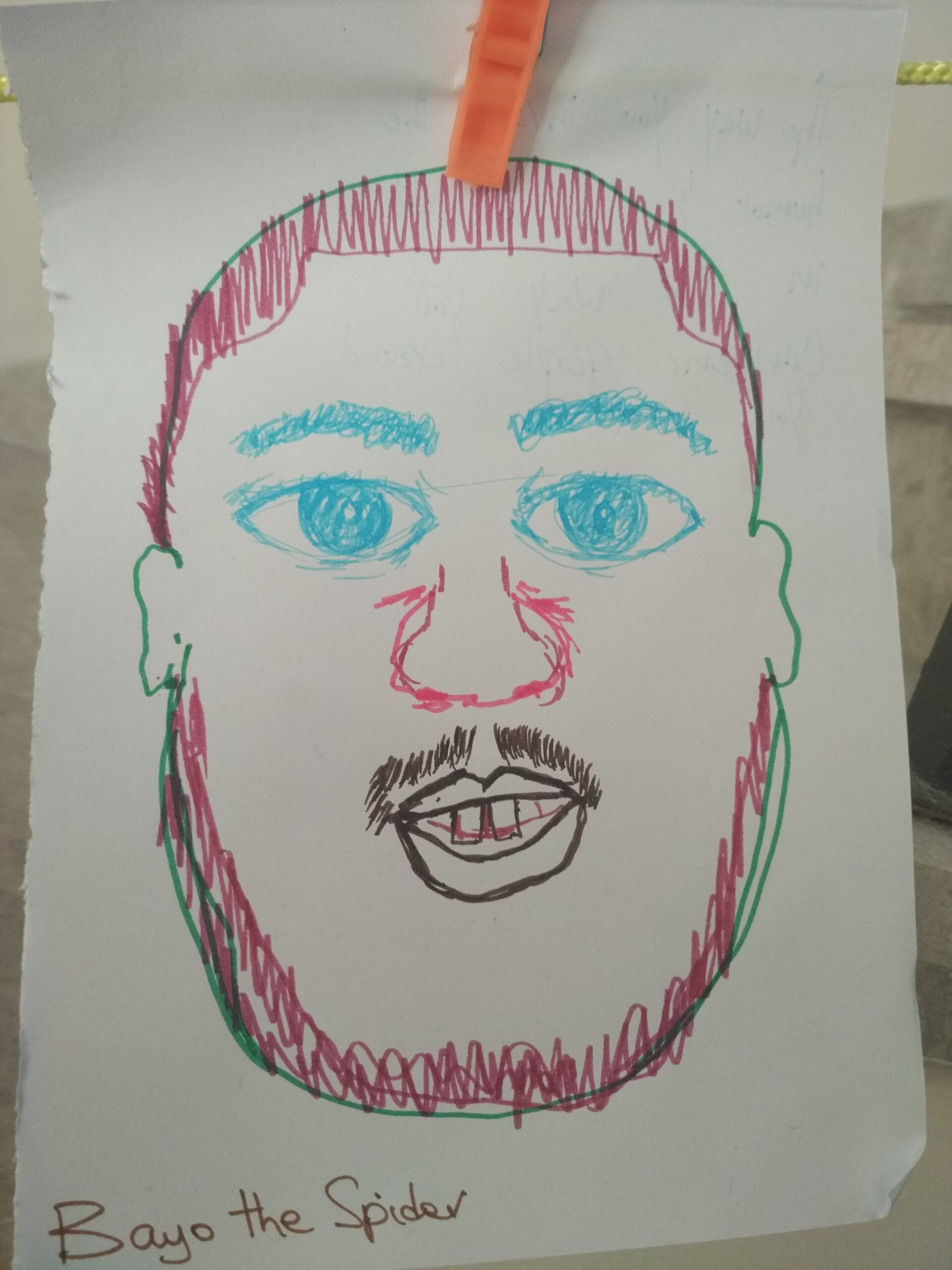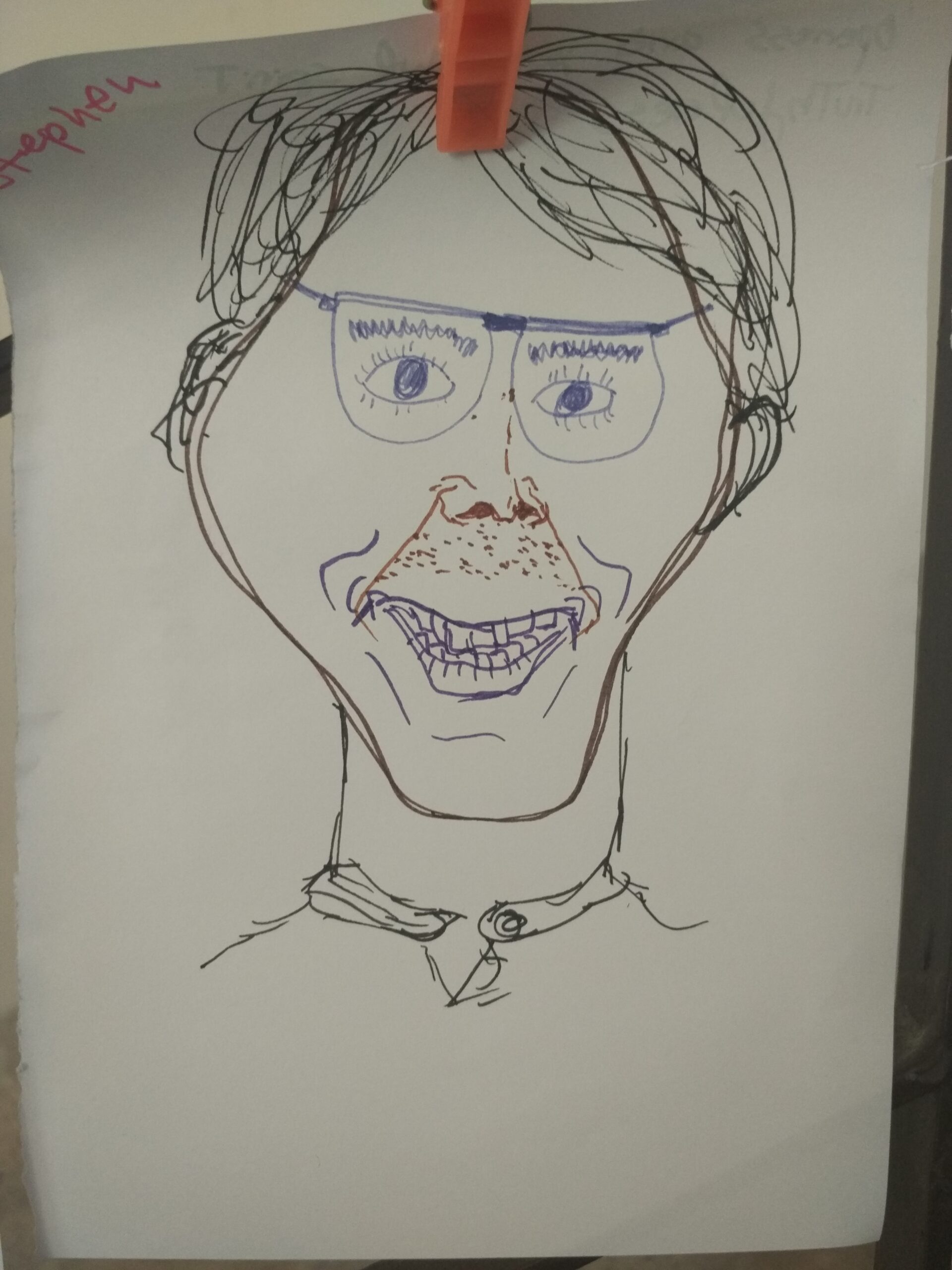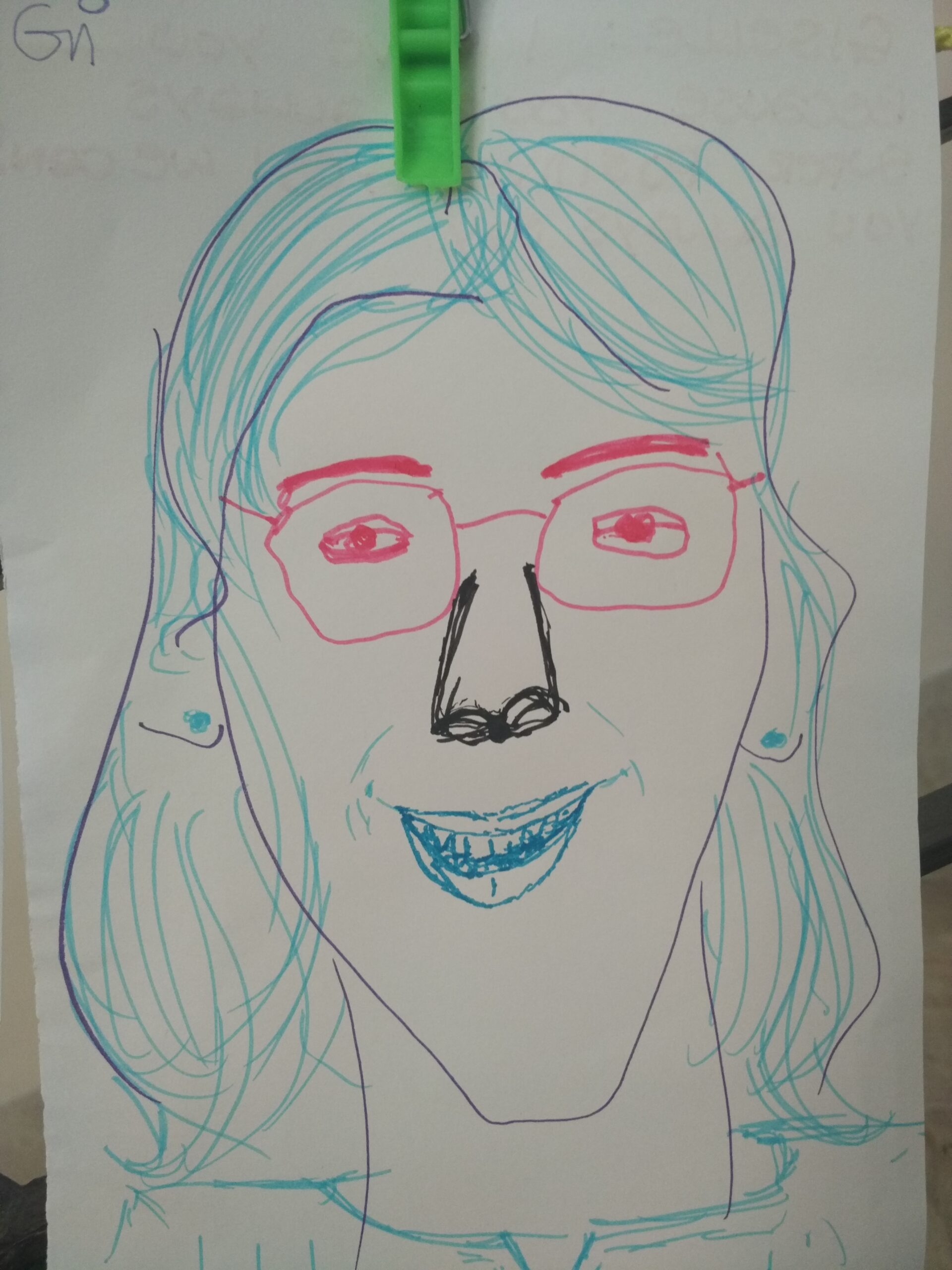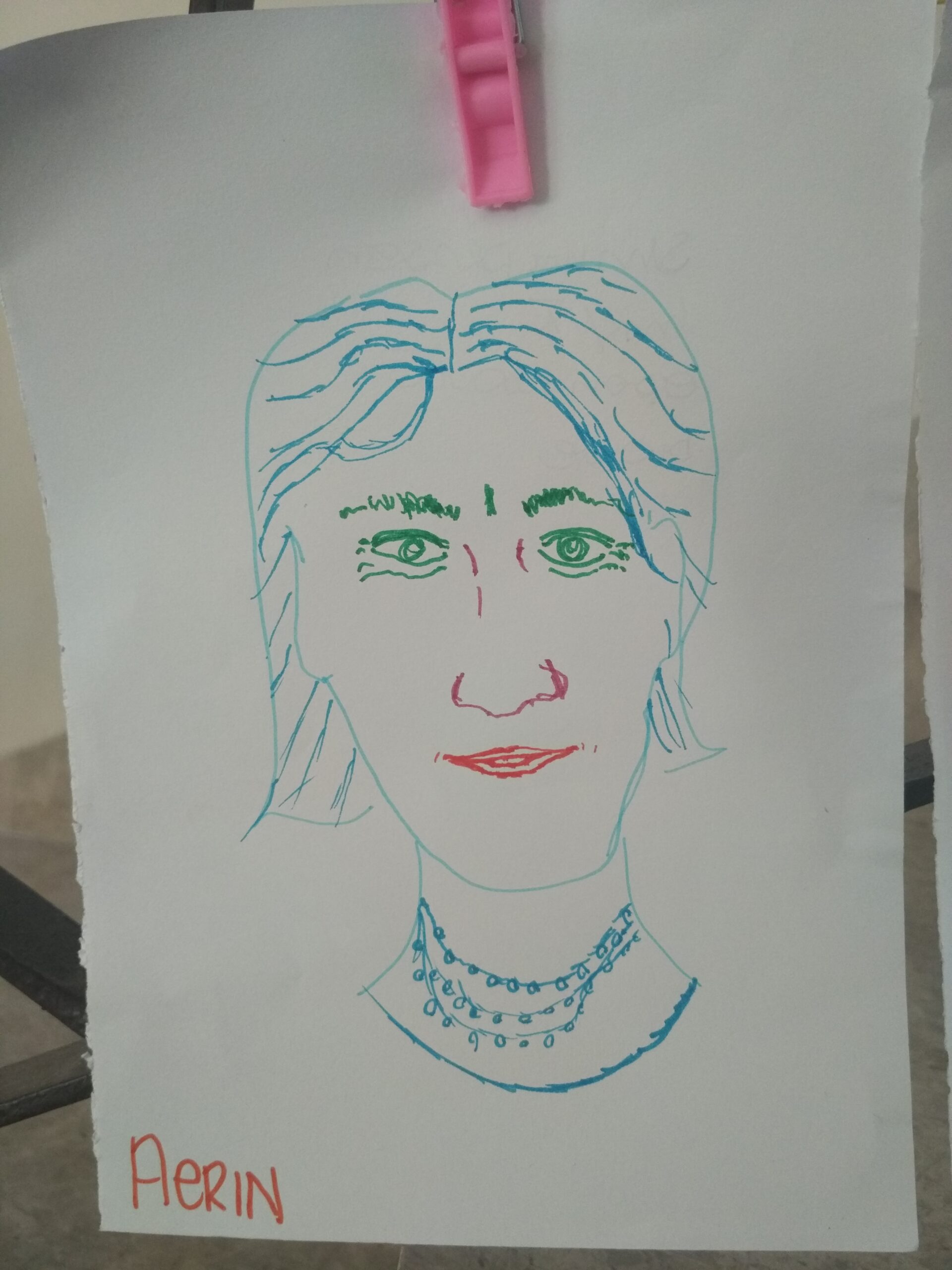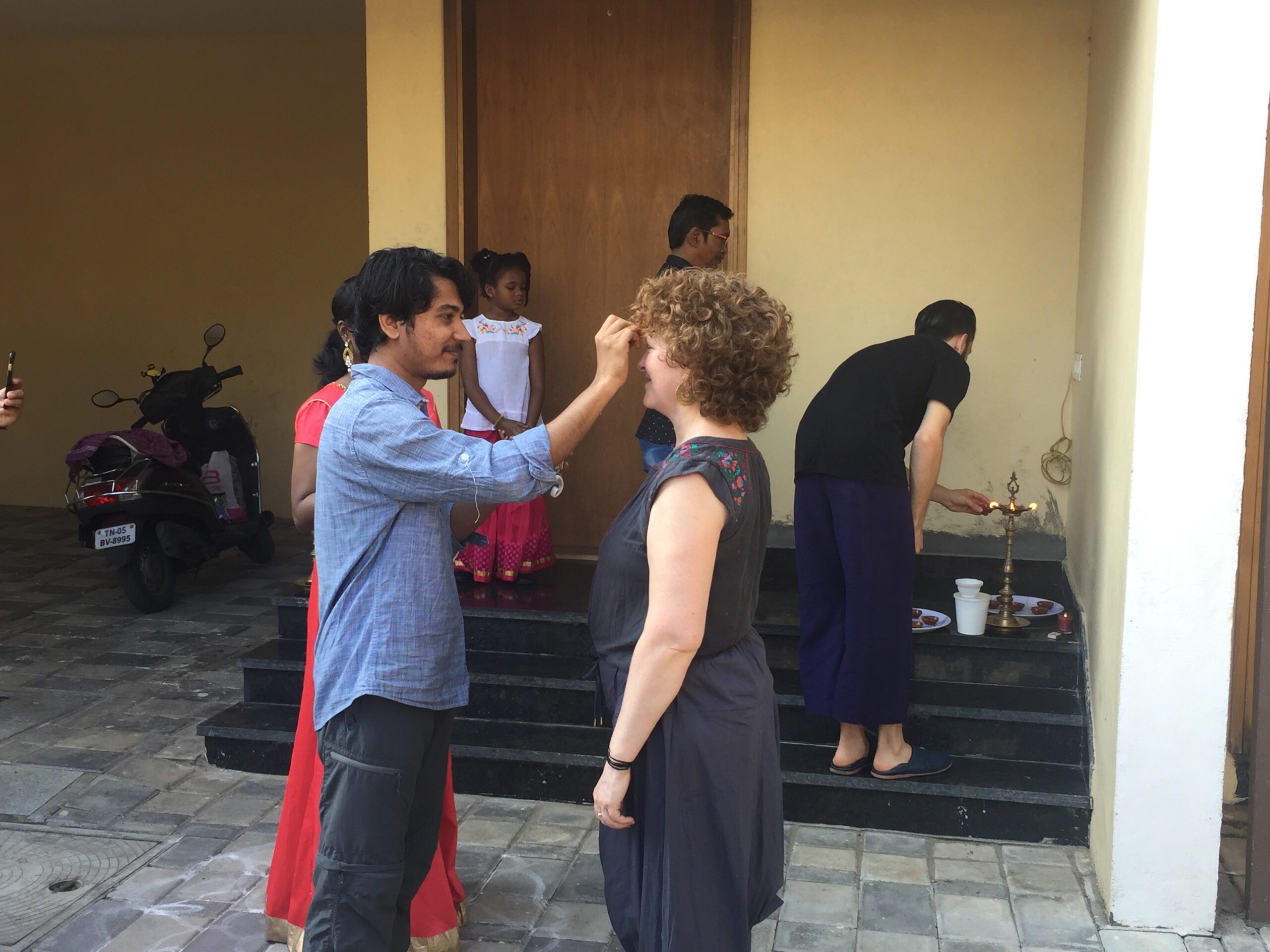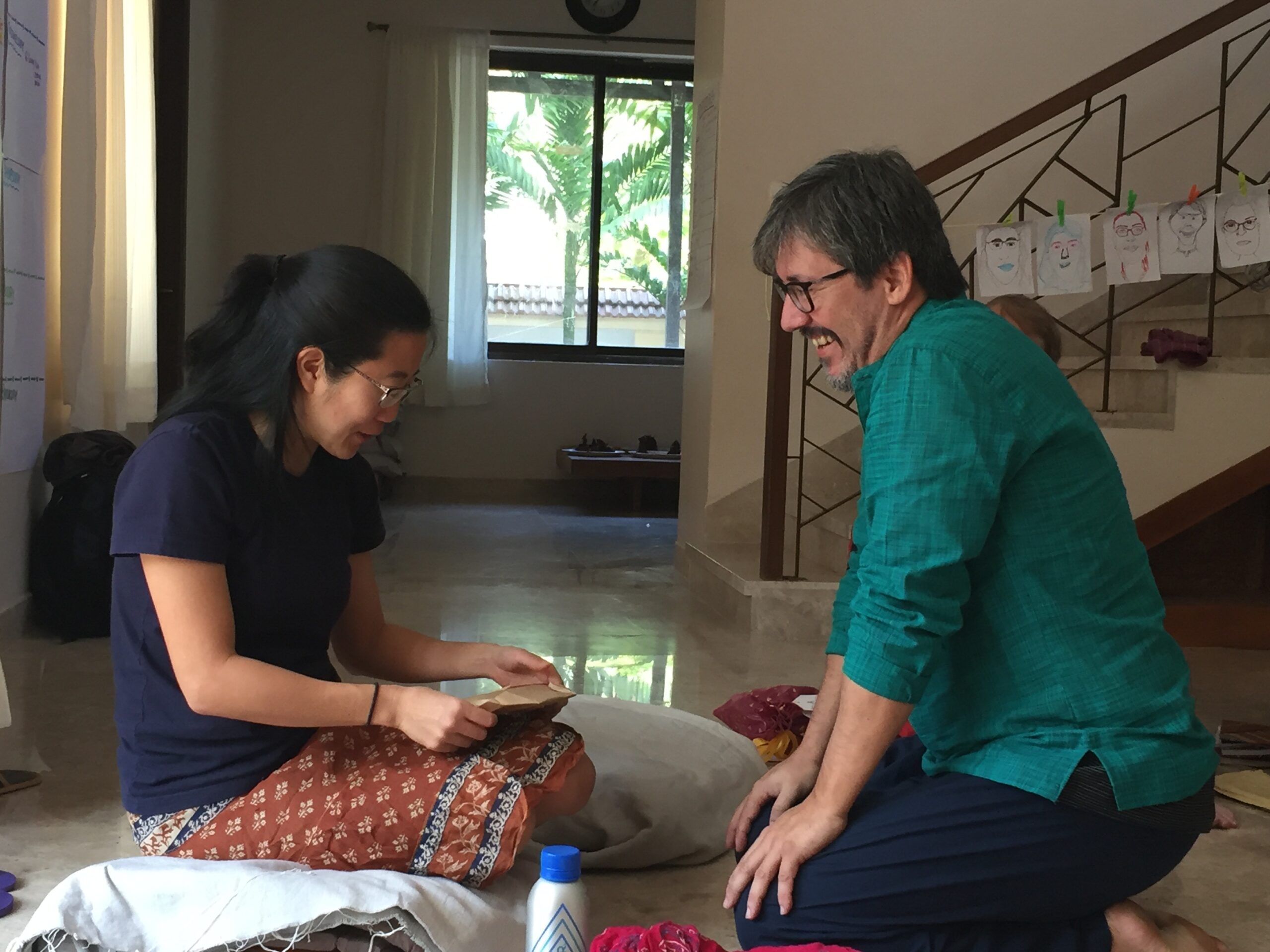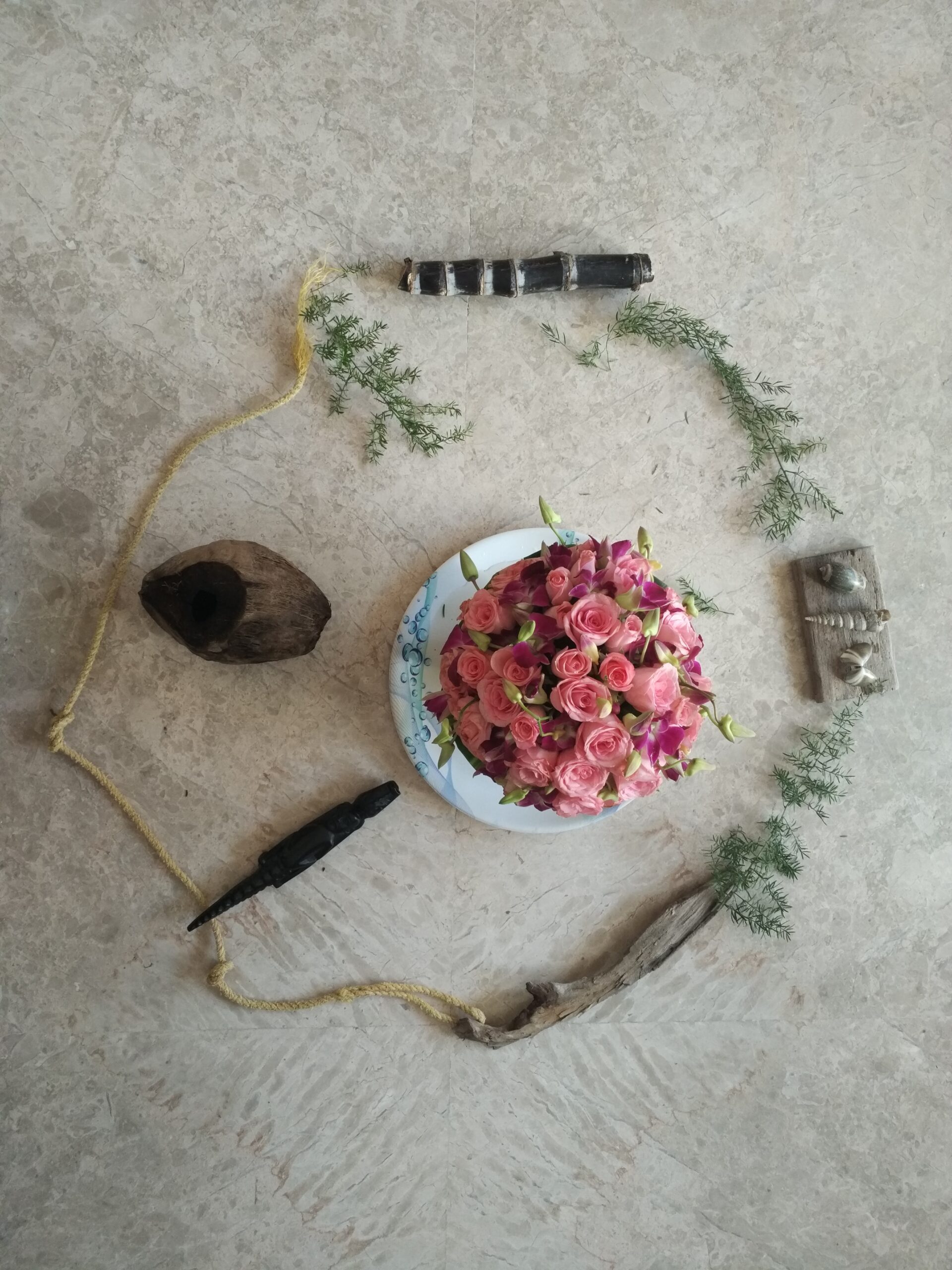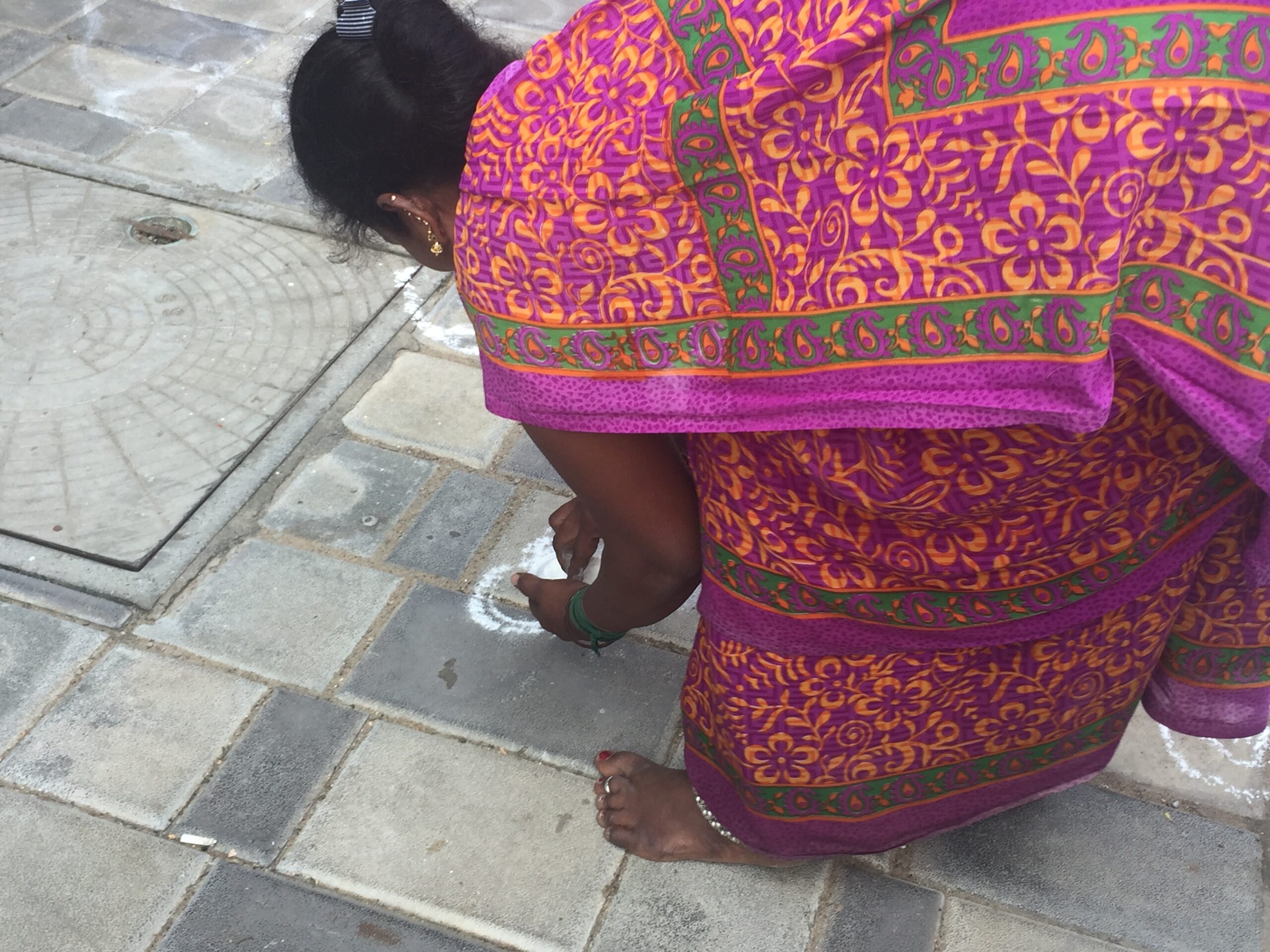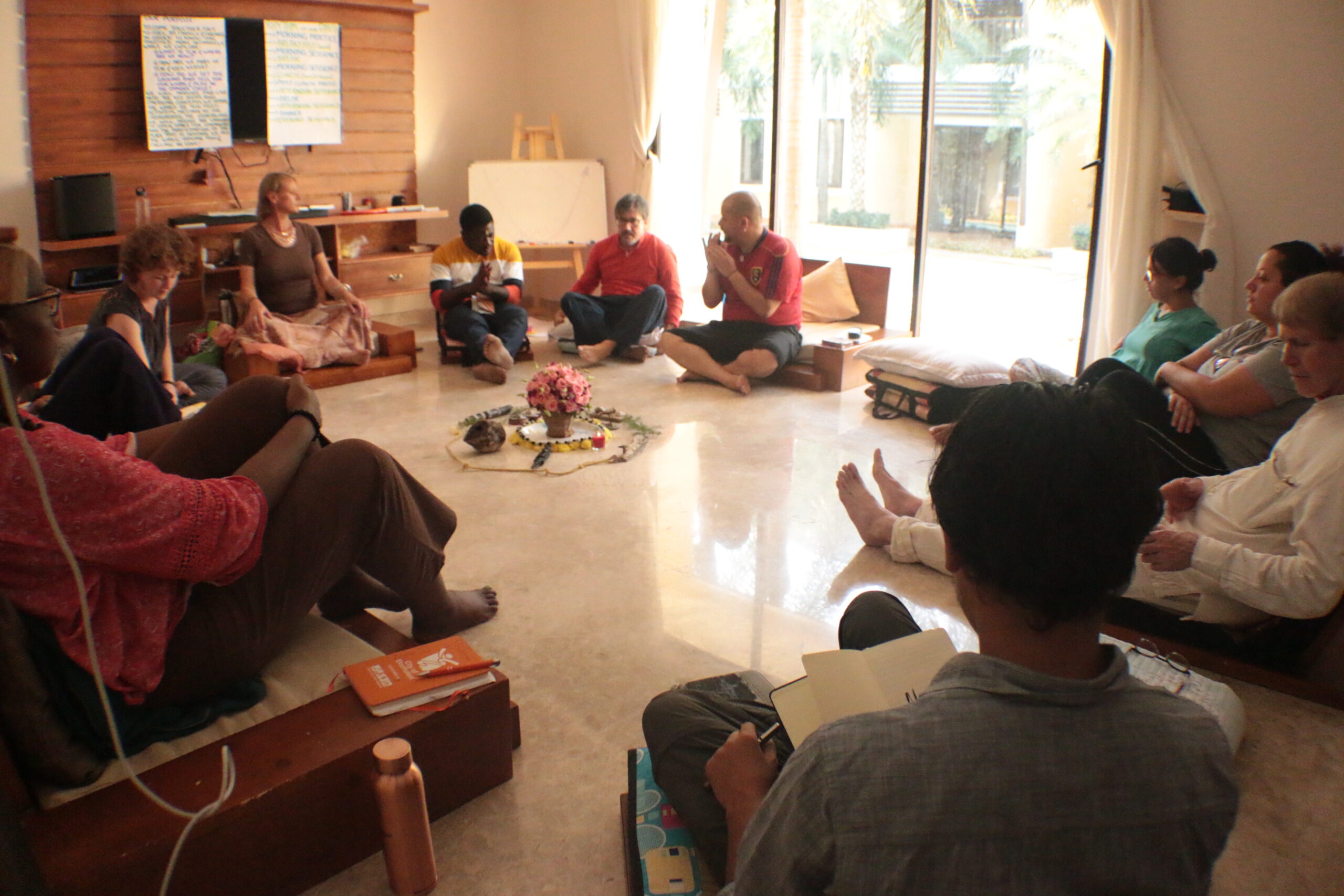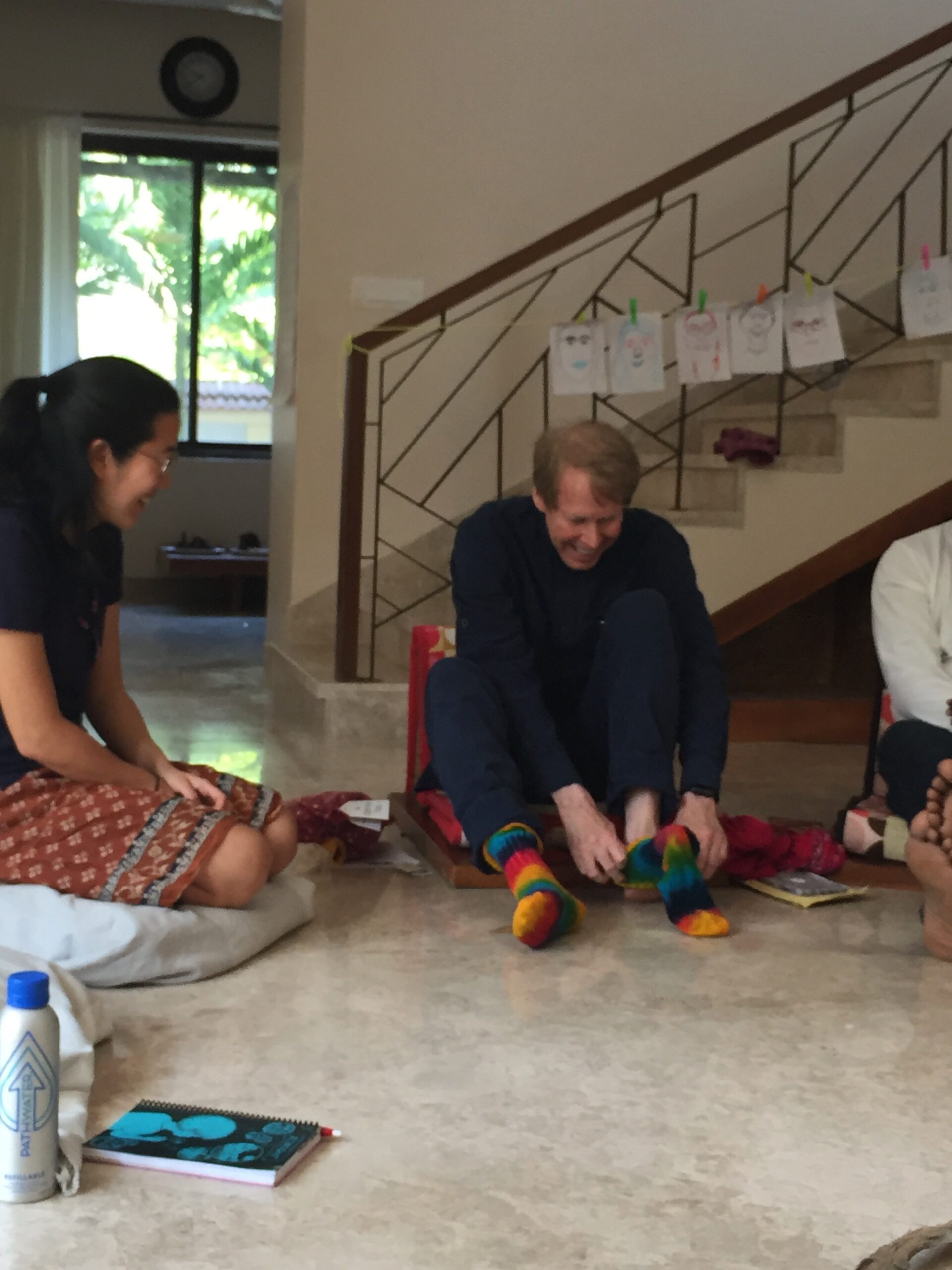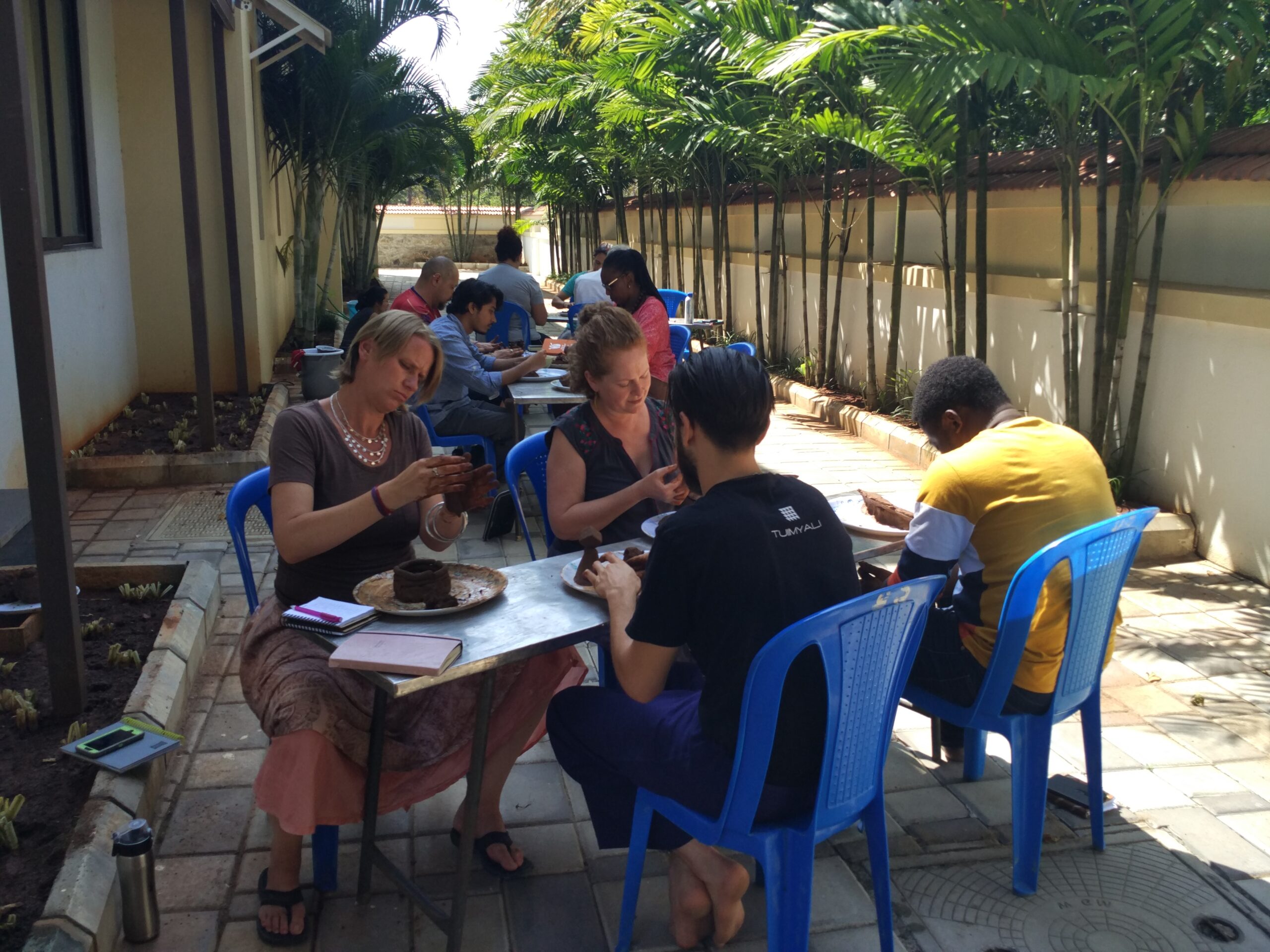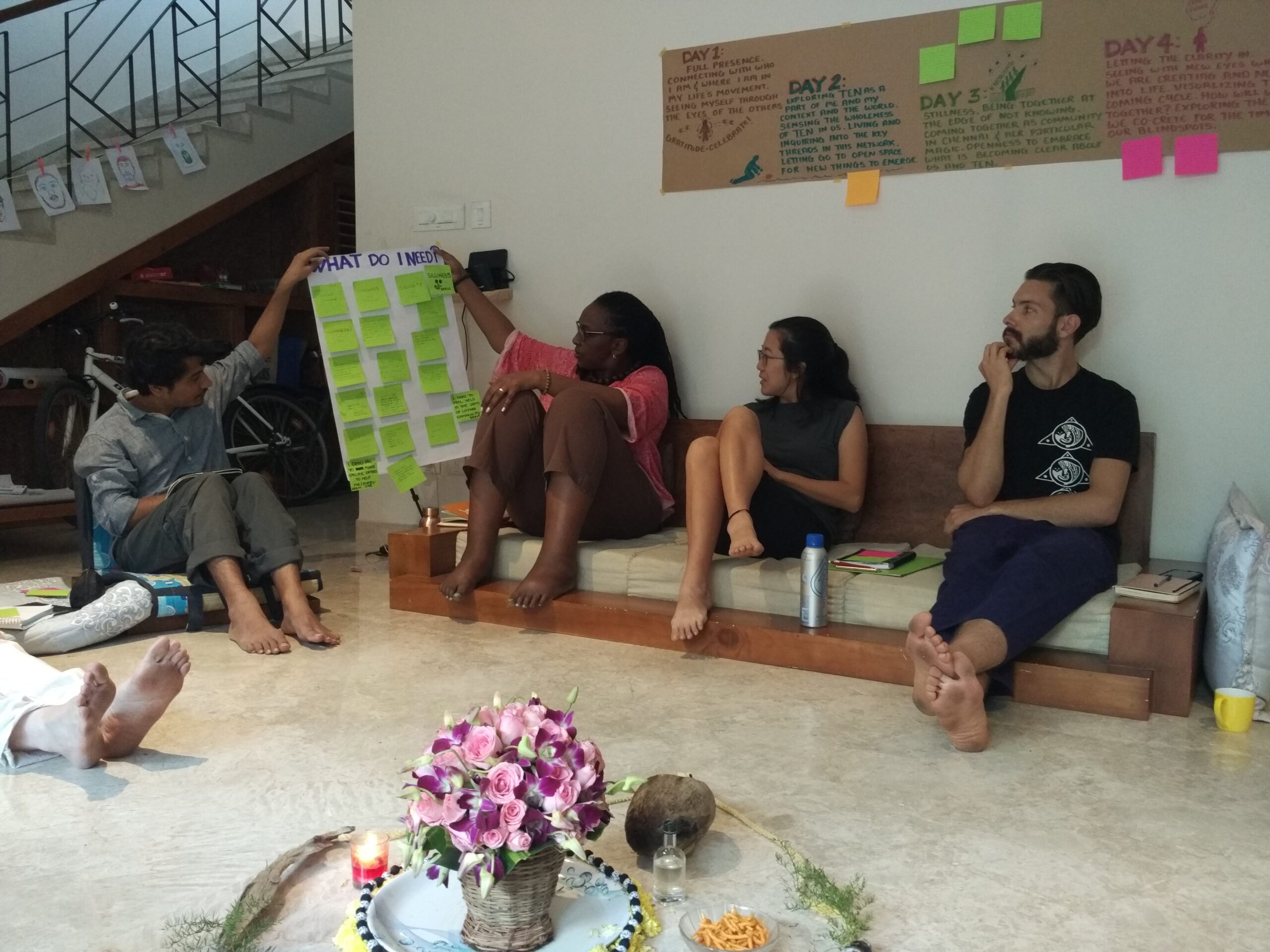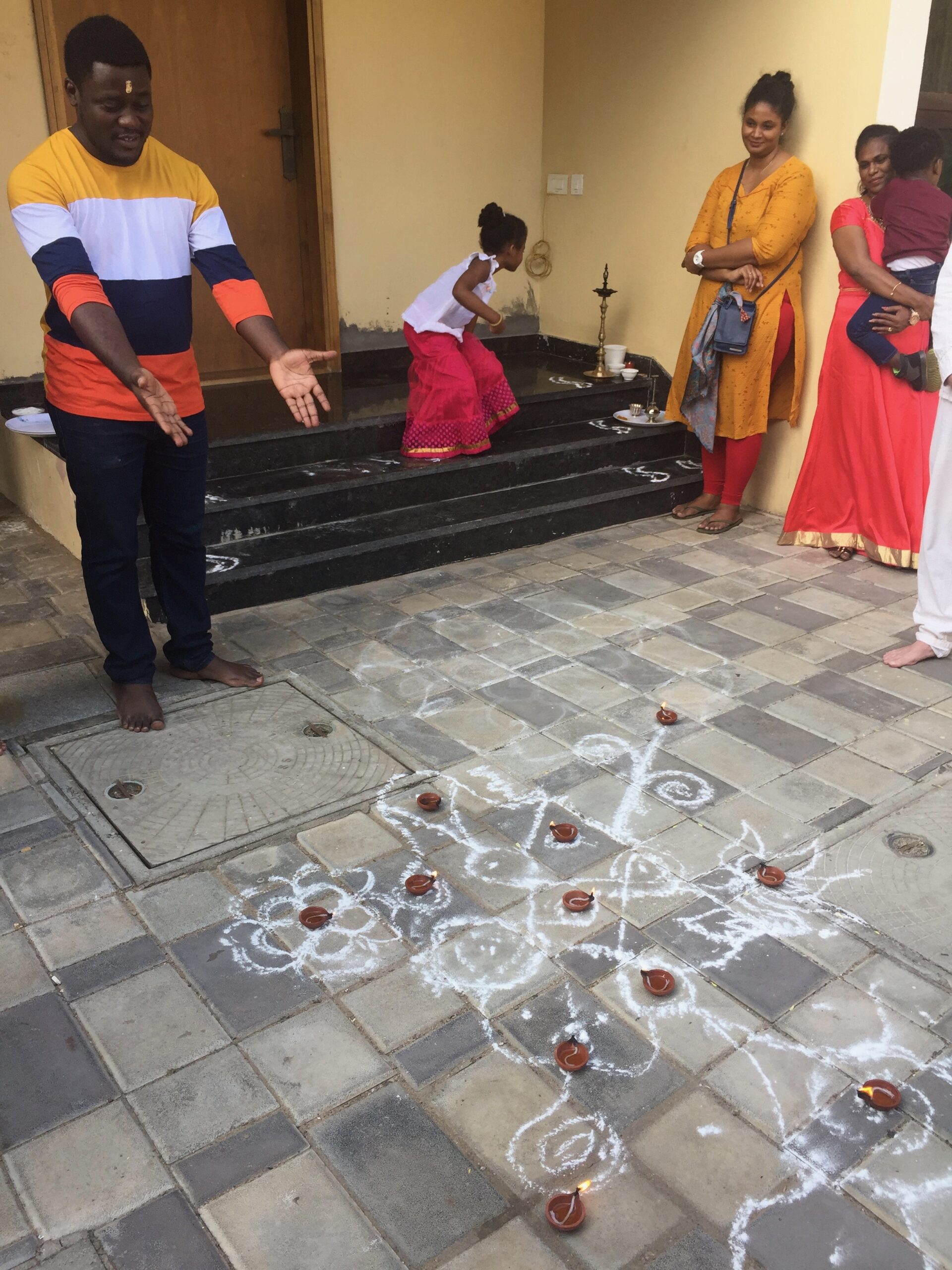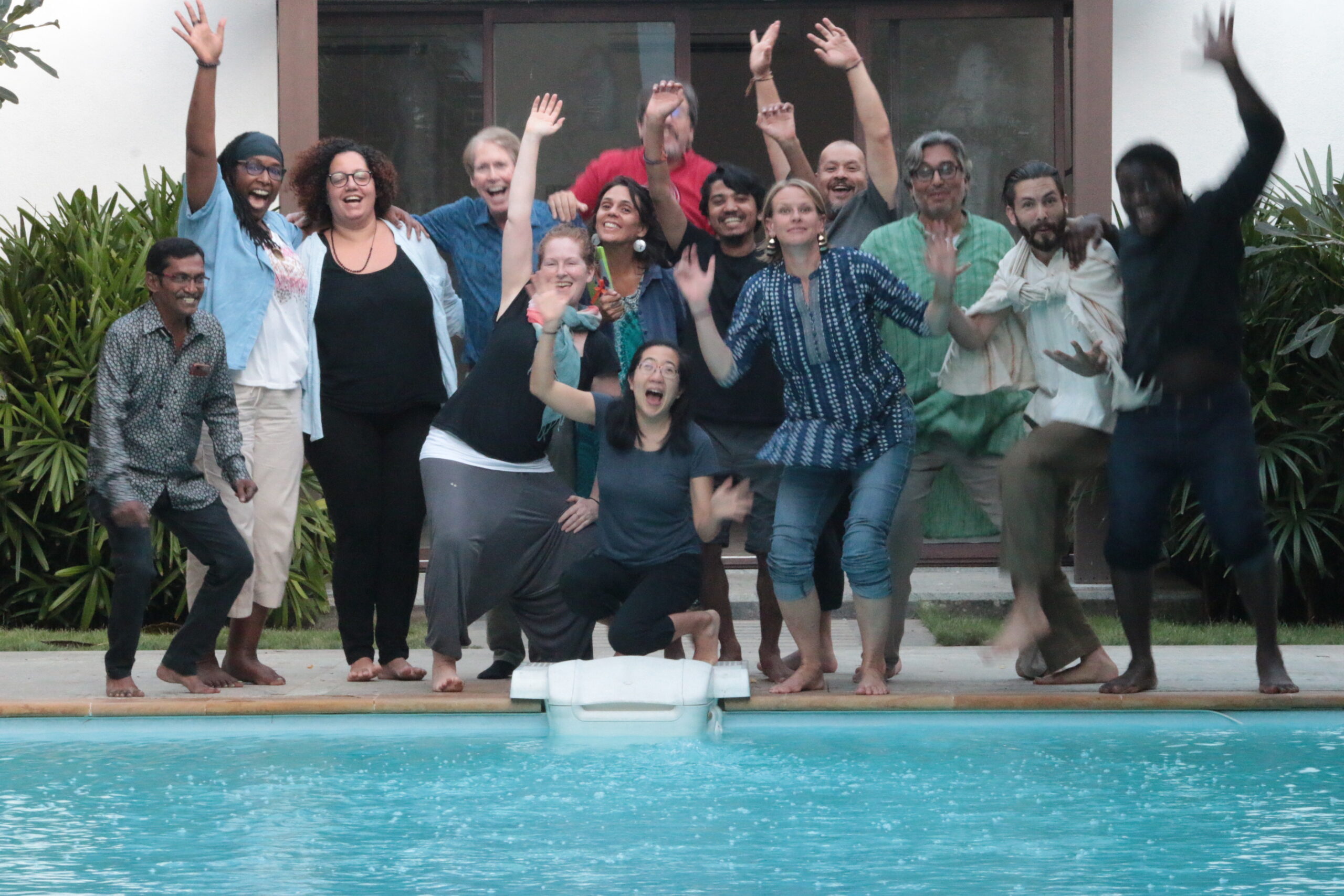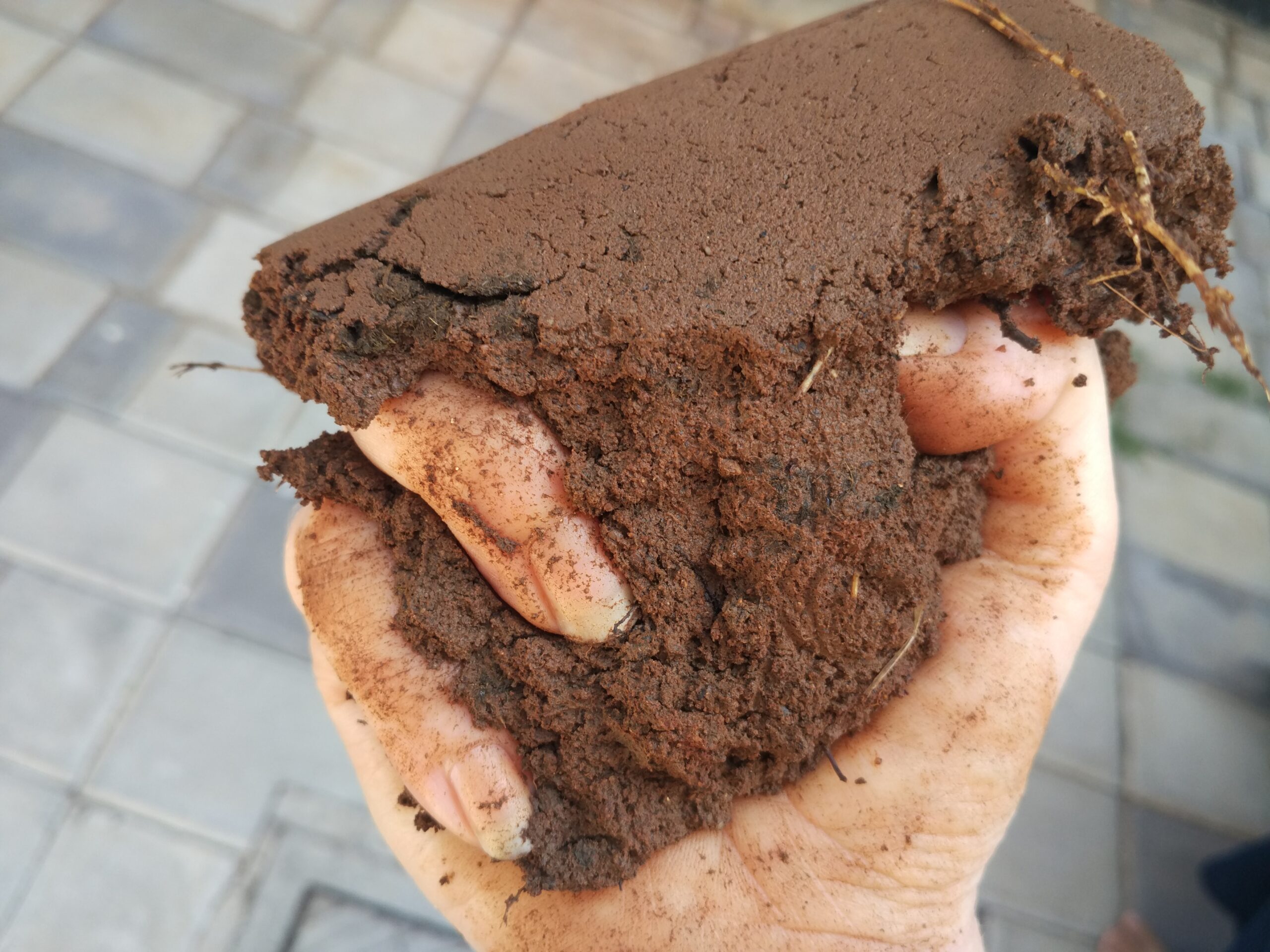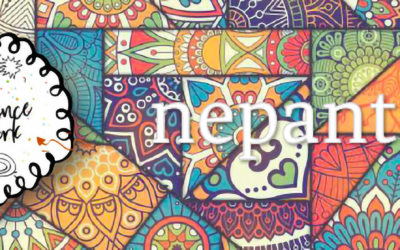
Nepantla Project Description
Nepantla was the first in-person gathering/short residency program in Chennai, India held for and by ten curators, custodians, earthworms and supporters in January, 2020. The five-day gathering occurred just weeks before the global lockdowns and travel restrictions brought on by the COVID-19 pandemic. Nepantla is a Nahual word which means “the place of no place.” The purpose of this encounter was: to gather face-to-face, as family and friends, in order to know one another more intimately while exploring the following three questions:
- What is ten and where are we now?
- How are we part of ten and vice versa?
- How do we set the ground and feel for our work and play in the coming cycle?
The idea was to inquire and live into the key ideas and emerging concepts we offer to the world as ten: postactivism, meeting at the crossroads, the Otherwise, etc. Our aspiration was to invoke the unknown to open space for emergence and to invite Chennai – the place which hosted us – to participate actively in the gathering… while falling in love and having fun along the way.
Other threads of purpose for this gathering included deepening our knowing of one another, as we had never been together in person before; feeling into the whole of this network; practicing living some of what we offer to the world; and noticing what is emerging from our failures.
And fail we did. This gathering contained the full gamut of emotions, from excitement, joy and deep curiosity to frustration, lament, confusion and disappointment. We shaped our intentions into clay, moved our bodies in a somatic exploration of our ten “village”, shared intensely, felt challenged and pushed in some ways and explored some unspoken dynamics around power and authority within the ten community. We also did work to clarify our vision and intentions for the different strands of work we were planning for 2020, many of which were unable to come into fruition as a result of the pandemic.
ten’s Visionary Founder, Báyò Akómoláfé, shared some of his reflections on our time together through the metaphoric lens and artistic practice of the kolam (a form of traditional decorative art that is drawn on the floor or ground using rice flour as per age-old convention):
“We gathered at the threshold of the place we called ‘No Place’ with heavy breathing: Nepantla. Bhuppi spoke softly as we formed a half-circle around him. A few diya flames flickered as we listened to his voice. Then with rice flour, some helpful tips from EJ about thumbs and forefingers, and trembling hands, we re-enacted an ancient South Indian ritual, the beautiful art of the kolam.
A kolam is an incredible thing to see emerge.
I have watched South Indian women construct near-perfect geometrically complicated kolams, their hands moving and dispensing the flour with such grace and symmetrical brilliance that you wonder about the years of practice it must have taken to attain such mastery. With strokes and spirals and shooting stems and shaking, our own collective kolam sprouted – much in the same way all of us arrived in India. Blessings were uttered; the goddess Lakshmi heard our prayers.
Given the proficiency that surrounded us, our own kolam was by comparison a teenage kolam, a humble kolam, unsure of itself, not fully confident or coherent in its design. We were reminded, however, that the point of the kolam is not the decoration or design: the point is what it enables to happen in the world. The point of the kolam is what it brings together. The power of the kolam is that it is a rendezvous point for strange encounters: where ants meet rice meet human hands meet wind and feet and yearning. Kolams teach us about family: the message of the kolam is ‘Vasudhaiva kutumbakam’ (the whole world is one family). The season of the kolam is brief, fleeting, and troubling with all the effacement and shadows it invites – but even though the kolam disappears, it never dies. Not really. It just gets carried into other lives, into cockroach and ant bellies, into avian worlds, into winds, into memories. The point of the kolam is to make things touch other things orgasmically.
And we did touch each other during Nepantla. We touched and were touched. We touched our skin, we touched our feelings, we touched our intellects, we touched our shadows, we touched our designs, and we touched our touching – and we gasped.”
Principal hosts and organizers for Nepantla were Nuno Da Silva, Aerin Dunford, Sergio (Yeyo) Beltrán, Jiordi Rosales and Báyò Akómoláfé.
Intro to The Trouble and Joy of Coming Together: An Essay on Nepantla
Nepantla [ten artifacts] Nepantla was the first in-person gathering/short residency program in Chennai, India held for and by ten curators, custodians, earthworms and supporters in January, 2020. Nepantla is a Nahual word which means “the place of no place”. The...
Be Ridiculous: Karen’s Reflections on Nepantla
Nepantla [ten artifacts] Nepantla was the first in-person gathering/short residency program in Chennai, India held for and by ten curators, custodians, earthworms and supporters in January, 2020. Nepantla is a Nahual word which means “the place of no place”. The...
Composting the Frustration: Aerin’s Reflections on Nepantla
Nepantla [ten artifacts] Nepantla was the first in-person gathering/short residency program in Chennai, India held for and by ten curators, custodians, earthworms and supporters in January, 2020. Nepantla is a Nahual word which means “the place of no place”. The...

